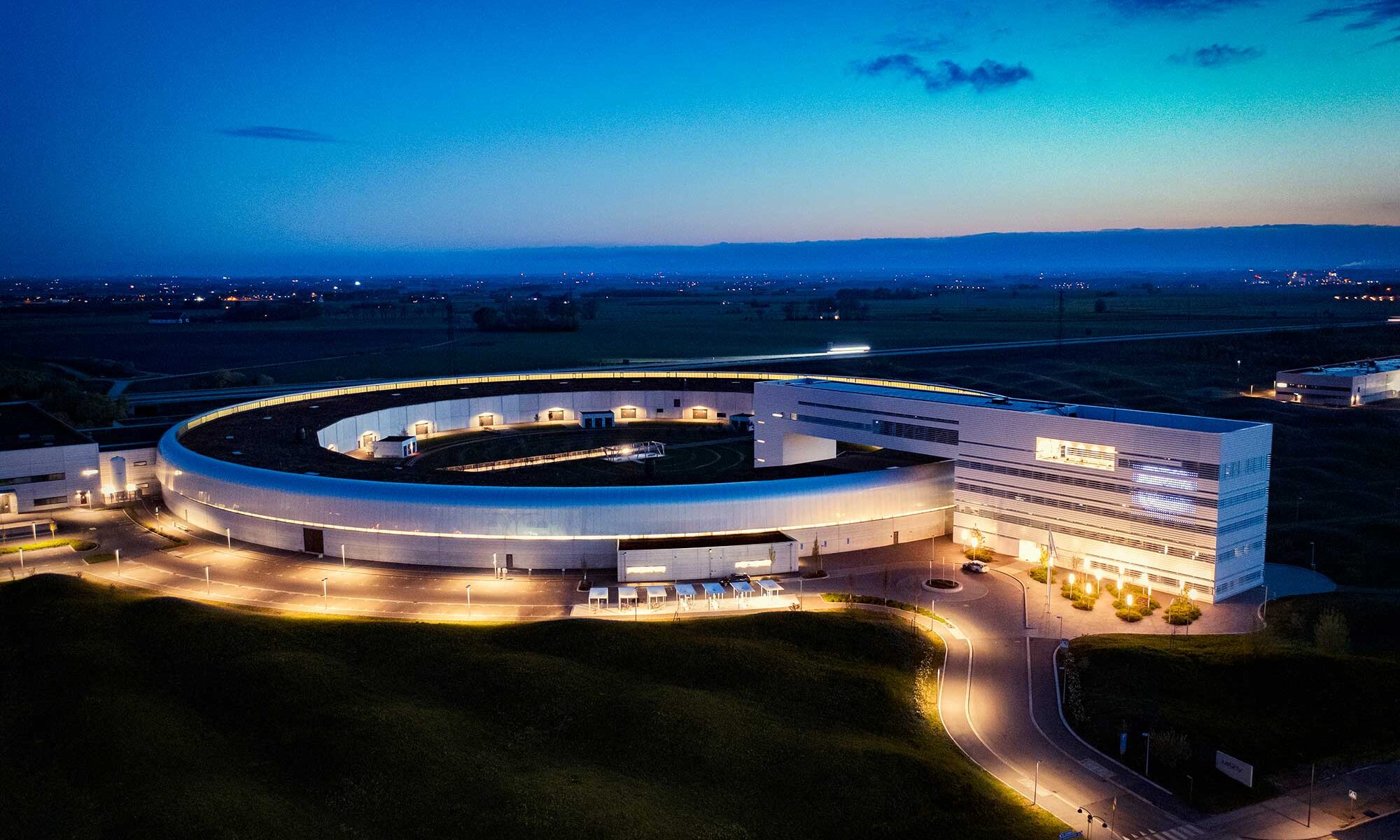Tetra Pak’s research aims to gain new insights into the nanostructure of fibre materials. With this, the company aims to develop new sustainable paper-based packaging solutions. These should use scarce resources as little as possible, be durable, resistant to liquids, safe for food and recyclable.
The first application is aimed at optimising material composition for paper straws. The Synchotron allows real-time display of how the material reacts to changes in the environment and to different types of liquids.
New insights
“This helps Tetra Pak gain new insights into plant-based materials as a basis for future innovations,” says Eva Gustavsson, Vice President Materials & Packaging at Tetra Pak. “Our ambition is to deliver the most sustainable food packaging in the world. Which is fully recyclable and has minimal environmental impact. Using renewable materials and an increase in fibre-rich material is key to this.”
According to Kim Nygård, manager of ForMAX beamline, MAX IV, the radiation experiment is a milestone for both academia and the packaging industry. “This research facility is the first of its kind and will facilitate both fundamental and applied industrial research into how new, sustainable materials can be used in the future.”
For more information, visit Tetra Pak’s website.
Image: MAX IV



